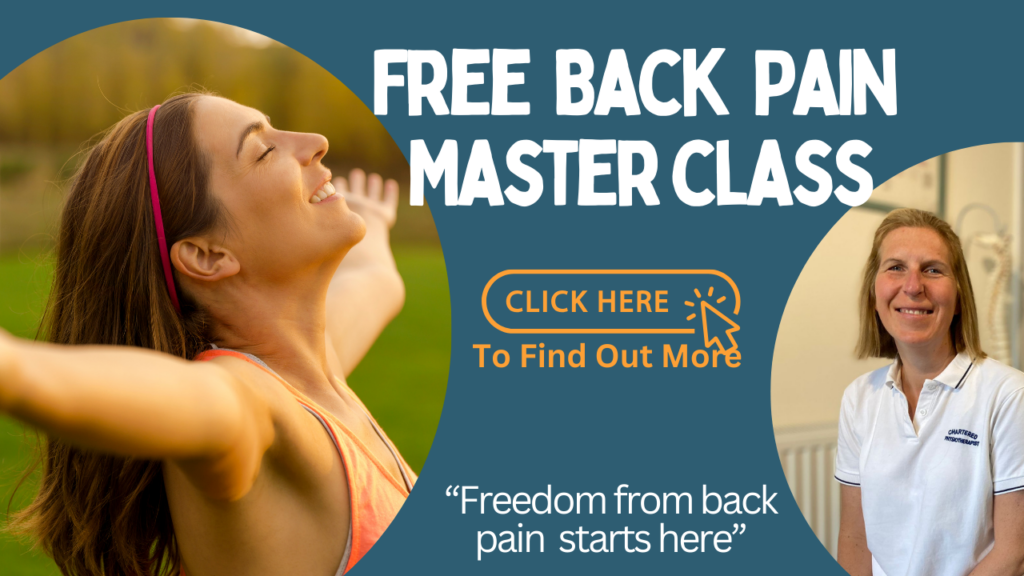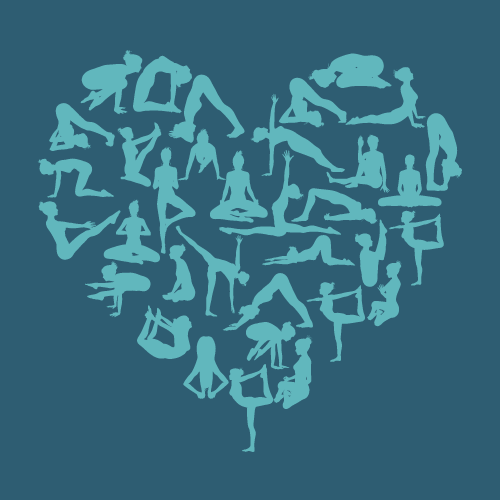Introduction
This is a question I’m often asked. Unfortunately, there’s no simple right or wrong answer, so bear with me! In this blog, we’ll explore both disciplines, along with my experience treating back pain with exercise, so that by the end, you’ll have a better idea of which option (if any) is the right fit for you.
Yoga and Pilates are both excellent forms of exercise that foster a connection between the body, mind, and spirit. I use a combination of both personally and professionally with my patients. While they share similarities, understanding their unique components is crucial—especially when seeking relief from back pain.
Yoga: A Holistic Approach
Yoga is a holistic practice that intertwines physical, mental, and spiritual well-being through movement, breath control, and meditation. It aims to release tension, enhance flexibility, and promote relaxation. There are various styles of yoga, some focusing more on relaxation and stretching, while others are more dynamic.
Deep, rhythmic breathing and sustained poses contribute to an overall sense of calm and balance. However, while yoga can be incredibly beneficial, certain poses may not be suitable for those with back pain, particularly without proper modifications.
Pilates: Focus on Core Strength
Pilates also takes a holistic approach but focuses primarily on core strength, posture, and controlled movement. Exercises emphasise precision, control, and breath integration, helping to improve strength and flexibility while supporting proper spinal alignment.
Pilates movements tend to be more structured, targeting specific areas of the body. This makes it particularly beneficial for those with back pain, as it strengthens the core muscles that support the spine, reducing strain and improving overall function.

Key Differences Between Yoga and Pilates
Both Pilates and yoga are low-impact exercises, but there are key differences:
- Movement vs. Holding Poses: In yoga, you typically move into a position and hold it, or flow between poses. In Pilates, you adopt a position and challenge your core by moving your arms or legs while maintaining stability.
- Core Engagement: Pilates places a strong emphasis on core strength and spinal alignment, making it a more structured approach to back pain rehabilitation.
- Flexibility vs. Strength: Yoga tends to emphasise flexibility and relaxation, while Pilates is more focused on controlled movement and strength building.
That said, there is significant overlap between the two, and many instructors incorporate elements of both into their classes.
Which Is Better for Back Pain?
There is no one-size-fits-all answer, but having treated back pain for many years, I’ve found that the best approach is often a combination of both disciplines—along with other targeted exercises.
Most people with back pain have developed movement patterns that contribute to their discomfort. The key is to retrain the body, starting with the basics:
- Re-engage Core & Postural Muscles – Pilates-based exercises are excellent for this.
- Improve Flexibility & Restore Movement – Simple yoga-based stretches can help.
- Avoid Generic Classes at First – Standard yoga or Pilates classes are not designed for people with pain and may make things worse.
Generally, Pilates is a better starting point for those with pain, as it focuses on core strength and controlled movement. Yoga may be more beneficial for those without pain who are looking to improve flexibility and relaxation.
Finding the Right Class or Program
If you have back pain, attending a regular class may worsen your condition. Instead, consider:
- Pain Free Back Program – My online program is specifically designed for those with back pain, combining the best elements of yoga, Pilates, and other techniques. It includes posture assessments, targeted exercises, and practical advice to help you regain a strong, pain-free back. [Learn more here.]
- Clinical Pilates Classes – Led by experienced physiotherapists, these classes provide individual modifications and supervision to suit your needs.
- Specialist Yoga for Back Pain – Some instructors offer yoga classes tailored for people with back pain. Look for one with additional training in this area.
- One-on-One Sessions – Working with a specialist, such as a physiotherapist trained in back pain and movement therapy, can provide a personalised approach.
Final Thoughts
When it comes to back pain, the choice between yoga and Pilates isn’t straightforward. Both offer valuable benefits when taught correctly, but standard high-street classes may not be suitable. Choosing a specialist program—whether my Pain Free Back Program, Clinical Pilates, or a tailored yoga class—ensures you get the right guidance and avoid worsening your pain.
Hopefully, you now feel more confident about your options and are ready to take the first step toward a strong, pain-free back.
Take care, Helen
Helen Manders BSc (Hons) MCSP HCPC
Chartered Physiotherapist
Treating Back Pain Since 2001




